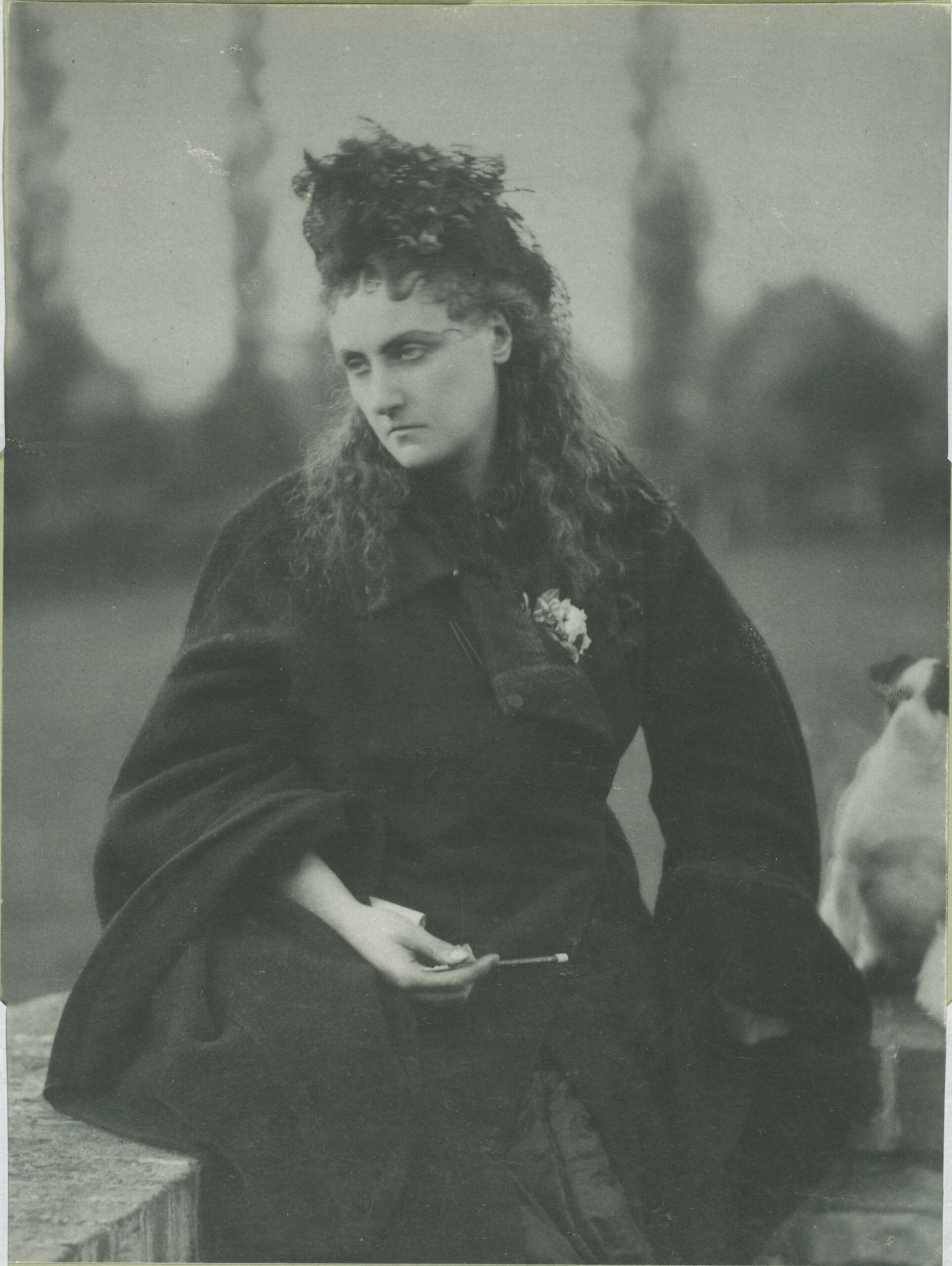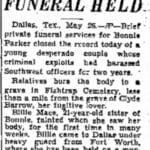Dive into the captivating story of the Countess of Castiglione, a 19th-century influencer who transcended mere beauty. Explore her life through stunning photographs, uncovering her rise to power, her defiance of societal expectations, and her lasting impact on the world. Discover the woman who proved that image is everything.
The Countess: A Pioneer of Self-Promotion
The Countess of Castiglione, Virginia Oldoini, was more than just a beautiful face; she was a 19th-century master of self-promotion, a precursor to today’s social media influencers. Her story offers a fascinating glimpse into the world of power, identity, and the dawn of modern celebrity. Born into Italian nobility, her captivating beauty opened doors to the glittering courts of Europe. Her marriage to Count Francesco Verasis di Castiglione, while granting her the prestigious title, was short-lived, allowing her to pursue her own ambitions. This freedom enabled her to navigate the intricate social and political landscape, engaging in rumored romances and leveraging her connections.
Power, Politics, and Photography
The Countess’s alleged affair with Emperor Napoleon III propelled her into the international spotlight. While the extent of her political influence is debated, her proximity to the emperor probably gave her unique insights and perhaps even a role in shaping certain events. Her presence in these powerful circles suggests a woman of remarkable shrewdness and ambition. What truly sets her apart is her pioneering use of photography. In a time when photography was relatively new, she grasped its power. Collaborating with Pierre-Louis Pierson, she created over 700 portraits showcasing not only her beauty but also her theatricality. These meticulously constructed images, embodying historical figures, allegorical characters, and even abstract concepts, allowed her to carefully curate her public persona, pre-echoing modern celebrity culture.
Legacy of Image and Intrigue
Some might view the Countess as a vain socialite; others see a shrewd operator navigating a male-dominated world. Perhaps she was both. Undeniably, she was a complex figure who left an indelible mark. Her photographic experiments explored themes of identity and self-representation long before they became mainstream. Her legacy as a pioneer of personal branding continues to captivate. While the full extent of her influence remains partially obscured by history, her story reminds us of the enduring power of image, the allure of mystery, and the evolving relationship between public perception and private life. The Countess of Castiglione: a woman whose life, like her photographs, invites interpretation and sparks the imagination.
The “La Vengeance” Portrait: A Message of Defiance
Bonnie and Clyde’s funeral attendance drew thousands, demonstrating the public’s fascination with notorious figures. Similarly, the Countess of Castiglione, already known for her savvy use of photography, used a single image to deliver a potent message to her estranged husband. When he sought custody of their son, Giorgio, she sent him a photograph titled “La Vengeance” (“Revenge”). This was no casual snapshot; it depicted the Countess with unbound hair, dramatically clutching a knife. The message, both overt and symbolic, was a warning, a threat, and an act of defiance.
A Mother’s Fury and a Woman’s Power
This image, like Bonnie Parker’s autopsy, provides a window into a dramatic life. The “La Vengeance” photograph became a symbol of a mother’s fierce love and her fight against societal expectations. It reflects the historical struggles of women for autonomy and control. The Countess transformed photography into a tool for shaping her public persona and protecting what she held dear. Some historians suggest “La Vengeance” was a calculated move to reclaim her narrative. It may have been intended to resonate beyond her personal circumstances, acting as a symbolic representation of female power. Ongoing research continues to explore these interpretations. The photograph offers a glimpse into the Countess’s mind. Was it an act of desperation or a calculated move? These questions intrigue historians and art critics alike. Her story—a blend of beauty, defiance, motherhood, and the burgeoning power of photography—highlights women’s enduring strength and resilience.
The Countess: A Spy, Socialite, and Enigma
The Countess of Castiglione wasn’t just a beautiful woman in 19th-century Europe; she was a force to be reckoned with. She moved through a world of grand balls and political intrigue, leveraging her charm and beauty to navigate this complex landscape. Count Cavour, recognizing her potential, sent her on a secret mission to seduce Emperor Napoleon III. Italy, striving for unification, needed Napoleon’s support. The Countess, through her influence, likely played a part in shaping political decisions, demonstrating the effectiveness of “soft power.”
Fashion Icon and Photographic Artist
Beyond politics, the Countess was a fashion icon, setting trends and captivating with her unique style. Her true passion, however, lay in photography. She collaborated with Pierre-Louis Pierson to produce elaborate portraits that transcended mere documentation, becoming artistic productions. These images, with their costumes, poses, and settings, suggest an early form of personal branding. Through photography, she controlled her public image, expressing herself and crafting her story. Scholars continue to study these photographs, seeking to understand her artistic vision.
Tragedy and Seclusion
Tragically, the Countess’s life was touched by the death of her son, Giorgio. This devastating loss led her to retreat from public life. Her later years, marked by grief and seclusion, contrast sharply with her earlier vibrancy. The Countess’s story is a study in complexity. Was she a political pawn or a master strategist? A frivolous socialite or a groundbreaking artist? The truth may lie somewhere in between. Her life, full of captivating twists and turns, reminds us of history’s remarkable figures. The enduring mystery surrounding her only amplifies her allure, forming a key part of her legacy.
Giorgio Verasis: A Life in the Shadows
While the Countess of Castiglione shone brightly in the public eye, her son, Giorgio Verasis, preferred the shadows. Born in 1855, he represents a stark contrast to his mother. While Virginia, sometimes called “the divine countess,” embraced the spotlight, Giorgio sought a different path. The marriage between Virginia and Count Francesco seems to have been more strategic than romantic. This might explain Virginia’s close bond with Giorgio. Historical accounts suggest she adored him, providing a glimpse into her maternal side. He may have provided her with a genuine connection she lacked elsewhere.
An Ordinary Life in an Extraordinary Family
Giorgio’s life, despite his privileged upbringing, remains shrouded in mystery. Details about his childhood, education, and career are scarce. It’s intriguing to consider how he navigated the social complexities of being the son of a notorious courtesan. While his mother thrived on public attention, Giorgio actively avoided it. This difference is particularly striking given Virginia’s obsession with crafting her public image through photography. While hundreds of images capture the Countess, photographs of Giorgio are rare. His choice of privacy creates a compelling contrast to his mother’s flamboyant persona. His life, a quiet counterpoint to hers, raises questions about the dynamics of their relationship and the challenges he faced growing up in the shadow of such a prominent figure.
The Enigmatic Son
We can only speculate about Giorgio’s experiences and feelings. Did he resent his mother’s fame, or feel a sense of pride? Did he inherit her charisma, or prefer a more ordinary existence? These questions may never have definitive answers. Giorgio’s story offers a poignant reminder of the complexities of family relationships, especially when one parent leads an unconventional life. He remains an enigma, a quiet footnote to the vibrant life of his mother.
Summary of Giorgio Verasis:
| Detail | Information |
|---|---|
| Full Name | Giorgio Verasis |
| Mother | Virginia Oldoini, Countess of Castiglione |
| Father | Count Francesco Verasis di Castiglione |
| Birth Year | 1855 |
| Known for | Being the son of a famous, yet controversial, figure and his preference for privacy. |
Ongoing research may eventually reveal more about Giorgio. Some historians think he pursued a discreet career, perhaps in business or the arts. Others suggest he traveled widely. Until further evidence emerges, Giorgio will likely remain an enigmatic figure, adding to the mystique surrounding the Countess of Castiglione. His story highlights the fact that even within well-documented families, some stories remain untold.
- Georgia Platform: A Southern Strategy, 1850s - March 31, 2025
- How many weeks is 40 days: Quick Conversion Guide for Accurate Results - March 31, 2025
- How many feet is 300 meters? 984 Feet: Understand Length Conversions Easily - March 31, 2025

















1 thought on “The Countess of Castiglione: A Photographic Journey Through Power, Identity, and the Birth of Modern Celebrity”
Comments are closed.